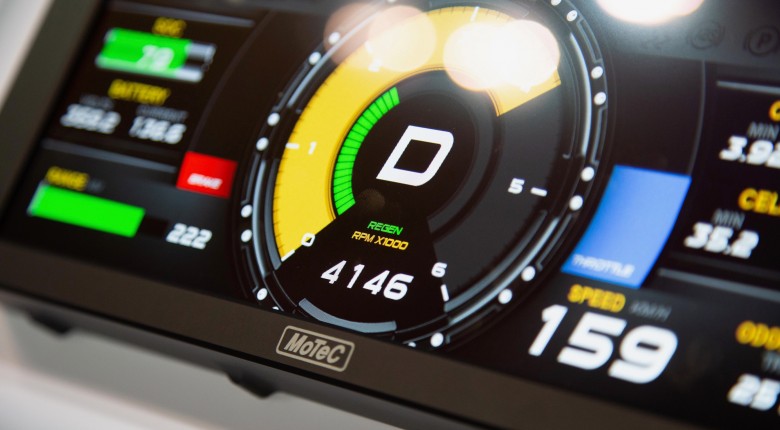Gain some insight into MoTeC M1 series ECU with applications engineer Darren Reynolds.
Darren tackles critical aspects such as the balance between accuracy and usability to ensure that ECUs are accessible to a broad range of customers, temperature compensation, torque limits, and the intricacies of torque models.
An example of what goes into something as seemingly simple as an upshift is also explained to show what it takes to match the driveability that OEM tuning provides with the added performance of an aftermarket tune on a vehicle that might produce anything from 300 to 3000 horsepower.
Also shared is a little bit of insight into what is now limiting the M1 platform as technology has progressed further into direct injection applications and how MoTeC plans to address these while keeping the overall costs of the consumer in mind.
What is volumetric efficiency and why does it matter to a torque-based tuning model, along with how compensation tables work, charged vs intake air temperatures and the impact they have on tuning, plus some insight into how VE is much easier for modern tuners to use compared to the older injection time-based models of the past.
------------------------------------
TIME STAMPS:
0:00 - MoTeC or No Tech
0:26 - Darren - Applications Engineer
0:54 - Reverse Engineering
1:34 - Path To MoTeC
2:20 - Passion For Motorsport
2:47 - Educational Background
3:44 - ECU Model Evolution
5:06 - Volumetric Efficiency Vs Injection Time-Based
7:03 - Injection Time-Based Injector Swap Example
7:50 - But VE Isn't Always Perfect
8:02 - Compensation Tables
8:46 - Charged Vs Intake Air Temperature Compensations
11:30 - Complexity Vs Accuracy
13:10 - R35 GT-R M1 Project
14:41 - OE Drivability Goals
16:35 - Upshift Workflow
17:42 - Torque vs Cuts
18:28 - Torque Calculations & VE
19:40 - Data Accuracy
20:44 - Throttle Airflow Vs Engine Airflow
22:04 - Torque Limits
24:02 - 4wd Wheel Spin Calculations
25:55 - Evolution: GPRP Pro
26:40 - Torque-Based Throttle Input
28:10 - IMSA Development
29:10 - Paddle Shift Control
29:44 - Validation & Testing Process
30:48 - The Future Of MoTeC Developments
32:36 - Current Limitations: DI Example
33:37 - Cost Factor
33:45 - Communications
34:15 - Build.Tune.Drive







Comments
No one has commented on this page yet.